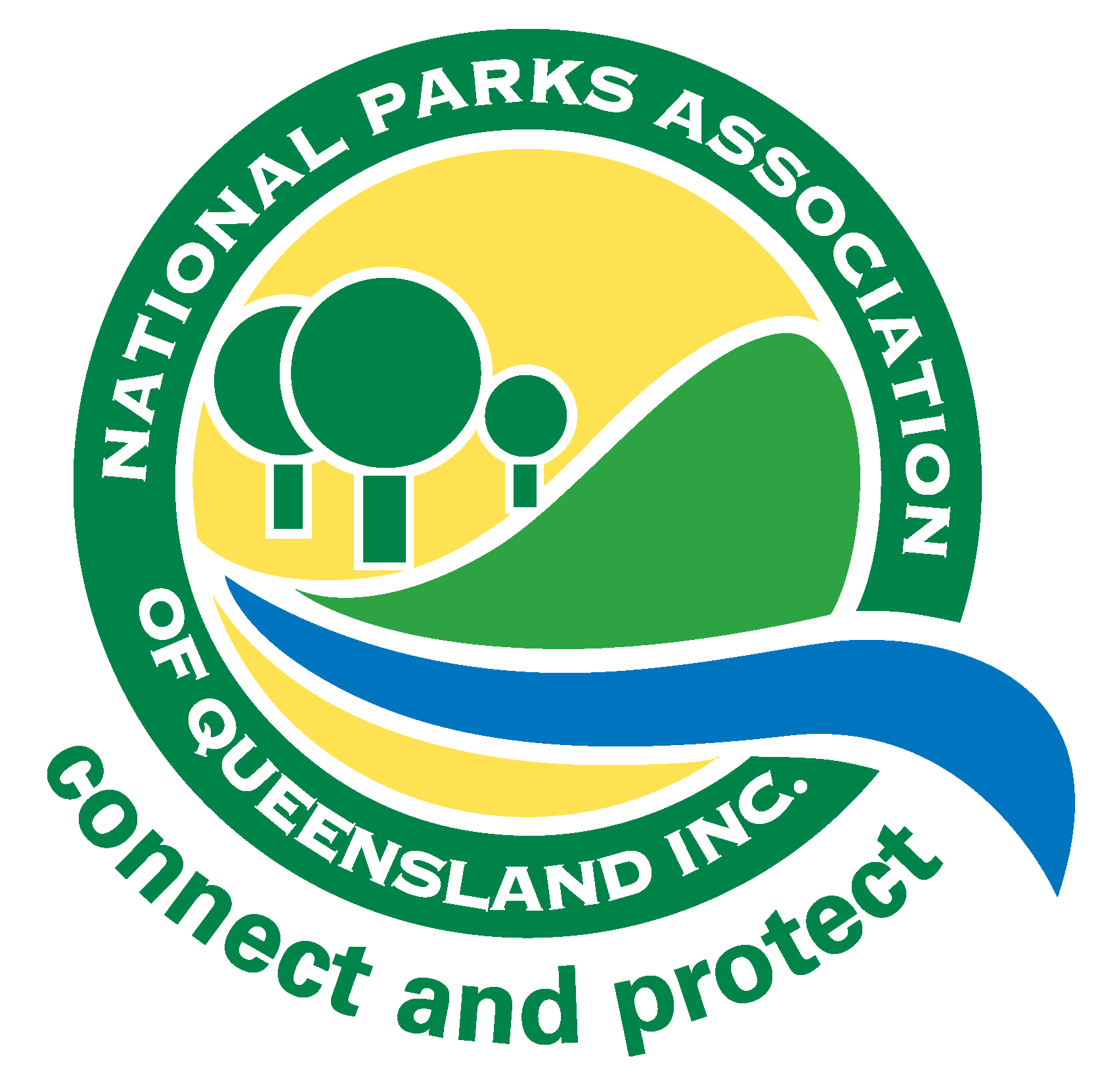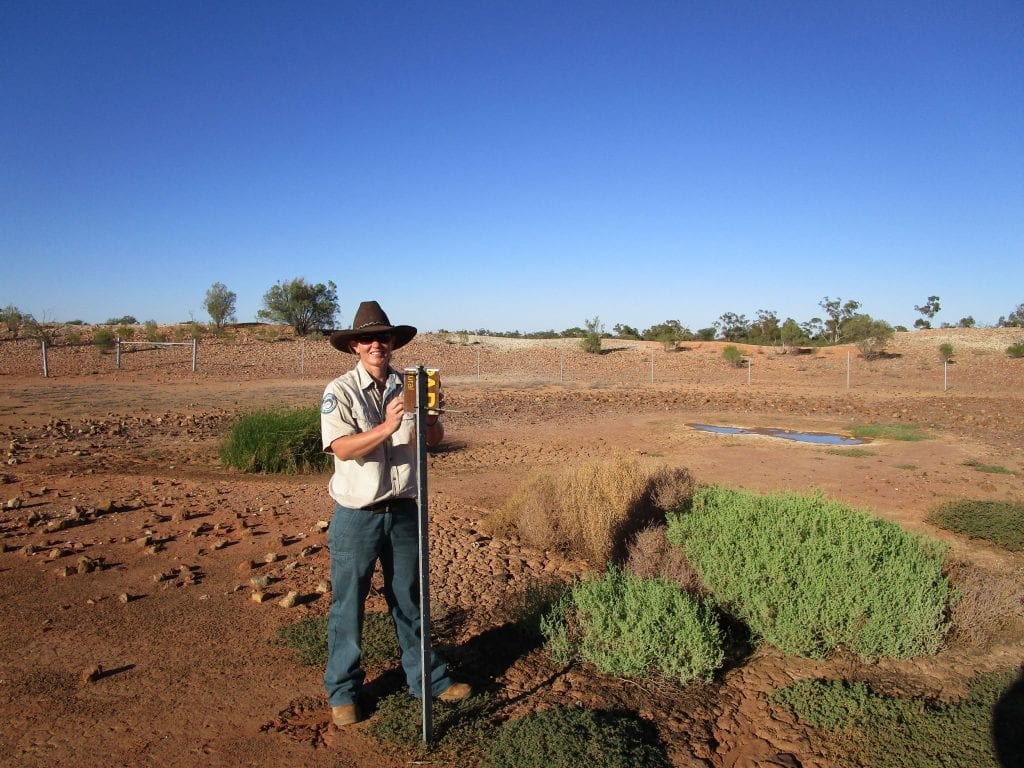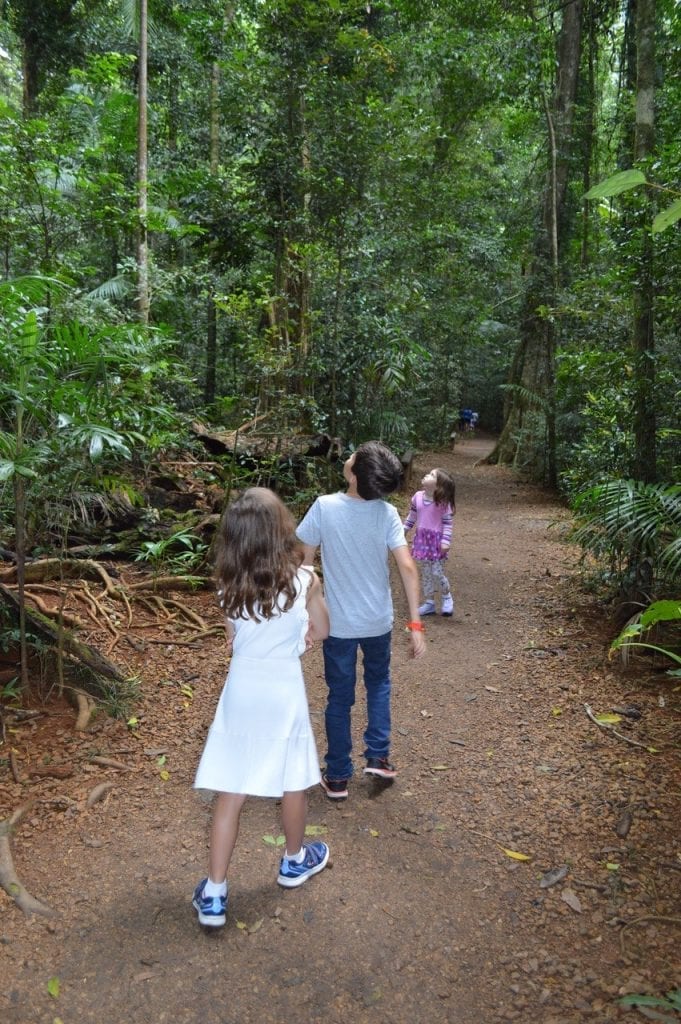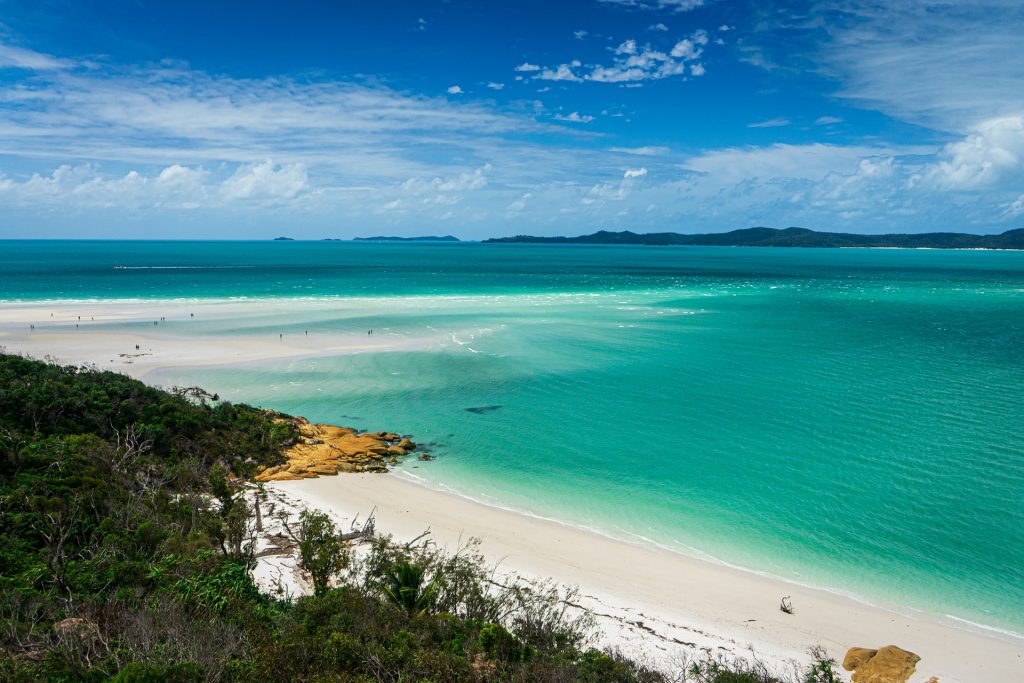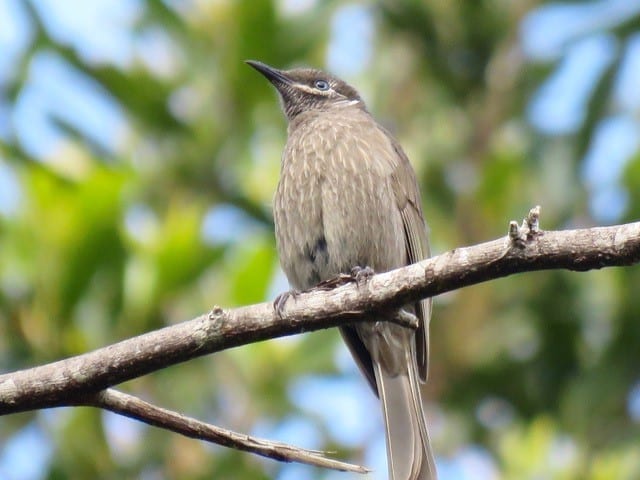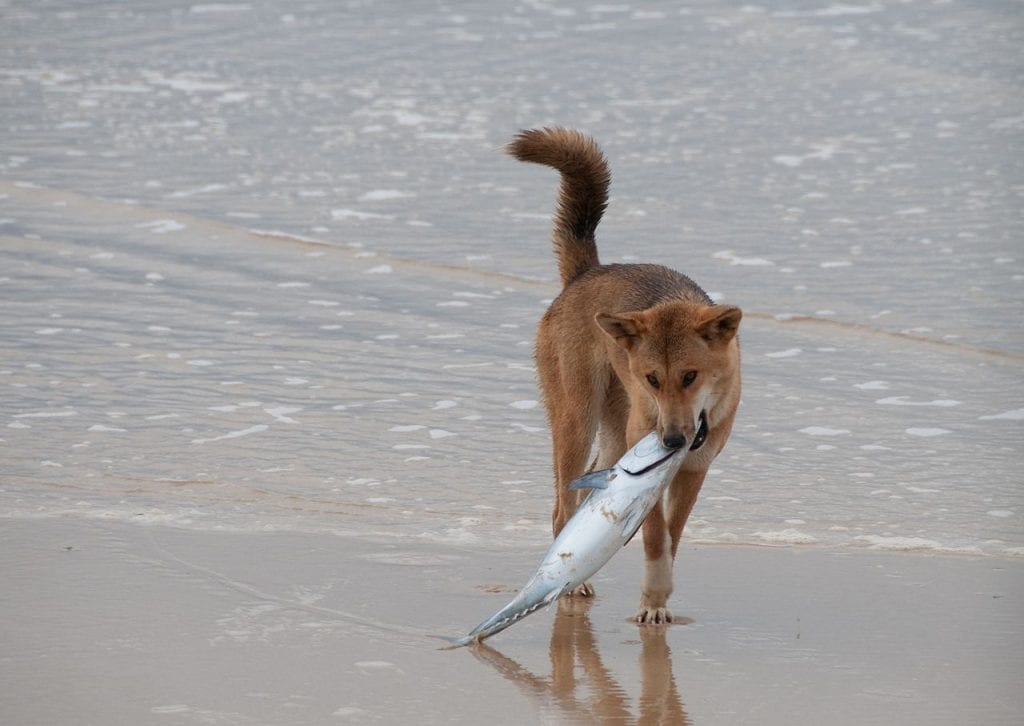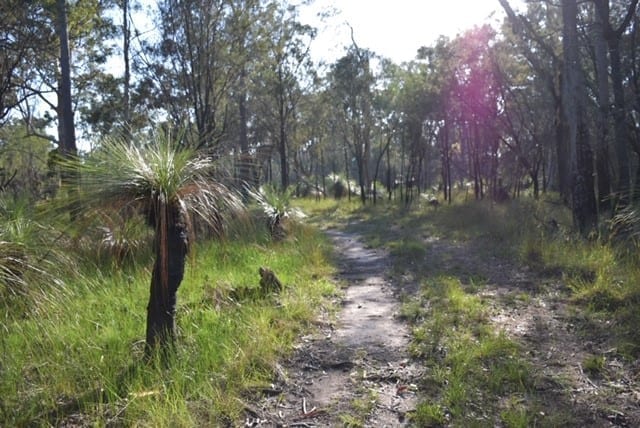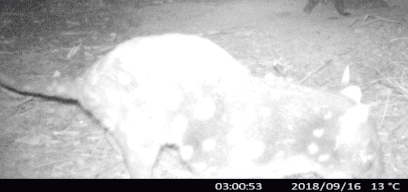To fully understand how truly amazing this region is, the best way to experience it is on the Cooloola Great Walk. This 5-day hike through the Cooloola region of the stunning Great Sandy National Park will challenge you and amaze with stunning views.
Shellie Cash is Ranger-in-Charge at Currawinya National Park in western Queensland. She has always loved being outdoors studying different animals. Growing up on a farm gave her a passion for land management and, after completing high school, Shellie took on a traineeship with QPWS in Rockhampton. It didn’t take her long to realise that she had found her perfect job.
Since moving to Queensland six years ago our family has made countless holidays and day trips to Queensland’s national parks. There are so many choices.
Our most frequent and favourite day trip though has been to a reserve, not a national park. Located on the Sunshine Coast, Mary Cairncross Scenic Reserve is a short one hour and 10-minute drive from Brisbane.
Firstly, best wishes to you all as we settle into a not so new year.
We are pleased to hear positive murmurings from Government and Departmental officers regarding a substantial increase in funding for both protected area management and acquisition. This year’s State budget allocations and release of the eagerly awaited Protected Area Strategy will determine how much our optimism is justified.
Imagine an isolated strip of tropical rainforest about sixty by three kilometres, surrounded by cleared pastures and swathes of dry eucalypt forest. Give it a bit of altitude, let’s say an average of 800 metres, and almost all of its annual rainfall in summer. Now bless it with almost 900 species of plants and a spectacular array of wildlife, including 227 recorded bird species (one of which is endemic), and presto – Eungella National Park!
The dingo is Australia’s largest land-based predator, occurring across most of the mainland and on many nearshore islands.
New research, published in the journal Mammal Review, reveals the breadth and diversity of dingo diets across the continent.
A Park Ranger in Great Sandy National Park. A Butchulla man (the Butchulla people are the Aboriginal Traditional Owners of K’gari aka Fraser Island). Holding an identified Indigenous Ranger position and a passion for culture. His aim is to bring cultural awareness and understanding into QPWS and to look after our natural landscapes and sea country in his dual role of Park Ranger and Traditional Custodian. Find out more about the ranger of the month.
It’s a tiny pocket of woodland squeezed to the west by the Bruce Highway, to the south by Deception Bay Rd, and on its other flanks by residential developments.
Nestled along the border with New South Wales, Queensland’s Sundown National Park is a rocky gem about 300 kilometres southwest of Brisbane. Noted for its ridges and steep gorges, Sundown National Park can be reached by walking track and off-road vehicle.
The Ramsar convention encourages the designation of sites containing representative, rare or unique wetlands, or wetlands that are important for conserving biological diversity.
